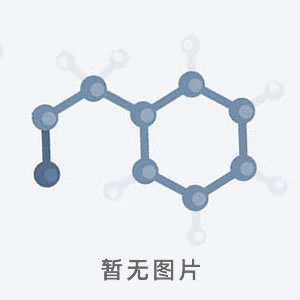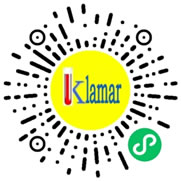本网站销售的所有产品仅用于工业应用或者科学研究等非医疗目的,不可用于人类或动物的临床诊断或者治疗,非药用,非食用。
Recombinant Mouse Interleukin-4 (CHO-expressed)
英文名:
Cas号:
Cas号:
检测信息查询

| 货号 | 规格 | 货期 | 库存 | 价格 | 促销价 | 订购 |
| 1308132606-10 μg | 0 | ¥3800 | ||||
| 1308132606-50 μg | 0 | ¥11800 |
| 别 名 | |
| Cas号 | |
| M D L | |
| 分子式 | |
| 分子量 | |
| 产品参数 | |
| 性状 | Recombinant Mouse Interleukin-4 (CHO-expressed) 是一种 CHO 细胞来源的特异性细胞因子,促进 B 淋巴细胞的增殖,分化和细胞表面蛋白调节。
Synonyms rMuIL-4; BSF-1; Binetrakin; Lymphocyte stimulatory factor 1; Pitrakinra Species Mouse Source CHO Accession P07750 Gene ID 16189 Molecular Weight Approximately 15 kDa AA Sequence HIHGCDKNHL REIIGILNEV TGEGTPCTEM DVPNVLTATK NTTESELVCR ASKVLRIFYL KHGKTPCLKK NSSVLMELQR LFRAFRCLDS SISCTMNESK STSLKDFLES LKSIMQMDYS Biological Activity The ED50 is <2 ng/mL as measured by murine HT-2 cells, corresponding to a specific activity of >5 × 105 units/mg. Appearance Lyophilized powder. Formulation Lyophilized after extensive dialysis against PBS. Endotoxin Level <0.2 EU/μg, determined by LAL method. Reconstitution Reconstitute the lyophilized recombinant Murine Interleukin-4 (CHO-expressed) (rMuIL-4) to 100 µg/mL using ddH2O or diluted with PBS. Storage & Stability Lyophilized recombinant Murine Interleukin-4 (CHO-expressed) (rMuIL-4) is stored at -20°C. After reconstitution, it is stable at 4°C for 1 week or -20°C for longer. It is recommended to freeze aliquots at -20°C or -80°C for extended storage. Shipping Room temperature in continental US; may vary elsewhere. Background Mouse Interleukin 4 is a 20-kDa glycoprotein, synthesized by activated T lymphocytes and mast cells, which regulates the growth and/or differentiation of a broad spectrum of target cells of the immune system, including B and T lymphocytes, macrophages, and hematopoietic progenitor cells. Murine Interleukin 4 (IL-4) is a potent mediator of an immune response, affecting both the growth and differentiation of a wide variety of cells in the hematopoietic lineage. This cytokine is expressed by activated T lymphocytes and mast cells as a 20-kDa glycoprotein. The cDNA for IL-4 isinitially is solated by two laboratories, using expression vectors and screening for either a IgG-inducing factor or a mast cell growth factor. The derived amino acid sequence from the cDNA clones is used to predict a protein backbone for IL-4 of 14 kDa. This is consistent with the observation that N-glycanase treatment of natural IL-4, to remove N-linked carbohydrates, yields a protein core of 14 kDa. Initial experiments with deglycosylated native IL-4 and with deglycosylated recombinant IL-4, expressed initially in yeast as a heterogeneous, hyperglycosylated molecule, suggested that the carbohydrate modifications of IL-4 do not affect its ability to bind to receptor and to stimulate T and B cell growth[1]. |
| 贮存 |
- Recombinant Mouse Interleukin-13, His (CHO-expressed)
- Recombinant Mouse Interleukin-2
- Recombinant Mouse Interleukin-21
- Recombinant Mouse Interleukin-22
- Recombinant Mouse Interleukin-4 (CHO-expressed)
- Recombinant Mouse Interleukin-5
- Recombinant Mouse Interleukin-7 (CHO-expressed)
- Recombinant Mouse Interleukin-9
- Recombinant Mouse Leukemia Inhibitory Factor

 小程序扫码下单
小程序扫码下单

 沪公网安备 31012002003054号
沪公网安备 31012002003054号